George Mather - Masonic Lodge
Here you can read online George Mather - Masonic Lodge full text of the book (entire story) in english for free. Download pdf and epub, get meaning, cover and reviews about this ebook. year: 2016, publisher: Zondervan, genre: Religion. Description of the work, (preface) as well as reviews are available. Best literature library LitArk.com created for fans of good reading and offers a wide selection of genres:
Romance novel
Science fiction
Adventure
Detective
Science
History
Home and family
Prose
Art
Politics
Computer
Non-fiction
Religion
Business
Children
Humor
Choose a favorite category and find really read worthwhile books. Enjoy immersion in the world of imagination, feel the emotions of the characters or learn something new for yourself, make an fascinating discovery.
- Book:Masonic Lodge
- Author:
- Publisher:Zondervan
- Genre:
- Year:2016
- Rating:5 / 5
- Favourites:Add to favourites
- Your mark:
Masonic Lodge: summary, description and annotation
We offer to read an annotation, description, summary or preface (depends on what the author of the book "Masonic Lodge" wrote himself). If you haven't found the necessary information about the book — write in the comments, we will try to find it.
Many make the mistake of thinking because a thing is common, it is probably harmless. Masonic Temples are everywhere. Are the Masons just another service organization? Though their rites are secret, Masons assure others that their practices are totally compatible with Christianity. But there is an injunction to each Mason to practice his particular religious creed, that revelation of the Deity which is recognized by his religion. What really goes on behind the Temple door? Here is a discerning, detailed response. Why this series? This is an age when countless groups and movements, old and new, mark the religious landscape in our culture, leaving many people confused or uncertain in their search for spiritual truth and meaning. Because few people have the time or opportunity to research these movements fully, these books provide essential information and insights for their spiritual journeys. Each book has five sections: - A concise introduction to the group - An overview of the groups theology in its own words - Tips for witnessing effectively to members of the group - A bibliography with sources for further study - A comparison chart that shows the essential differences between biblical Christianity and the group The writers of these volumes are well qualified to present clear and reliable information and help us discern religious truth from falsehood.
George Mather: author's other books
Who wrote Masonic Lodge? Find out the surname, the name of the author of the book and a list of all author's works by series.

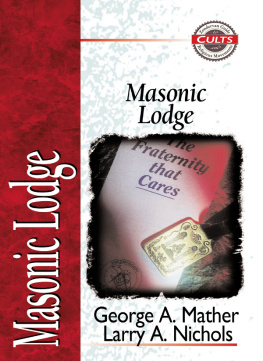
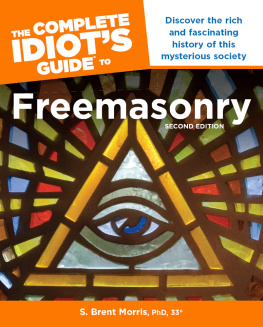
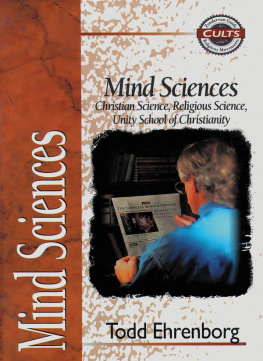
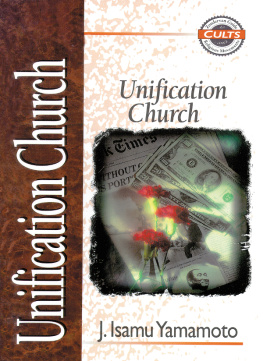
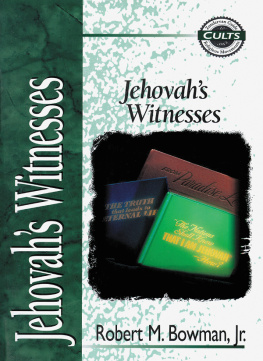
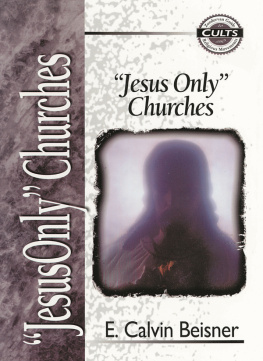
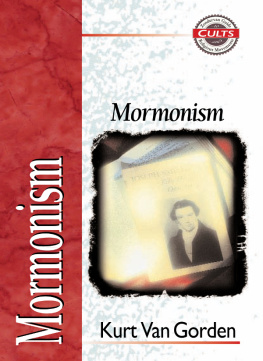
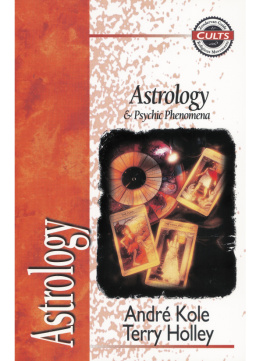
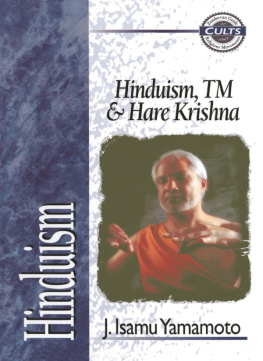
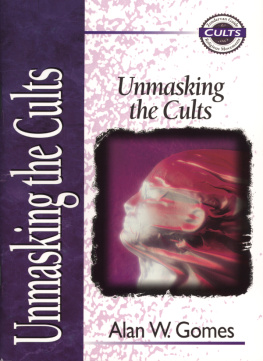

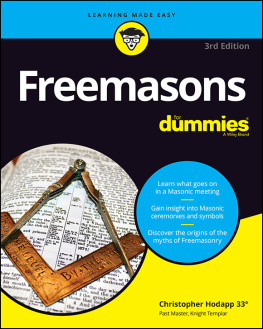



 / 9 8 7 6 5 4 3 2 1
/ 9 8 7 6 5 4 3 2 1
